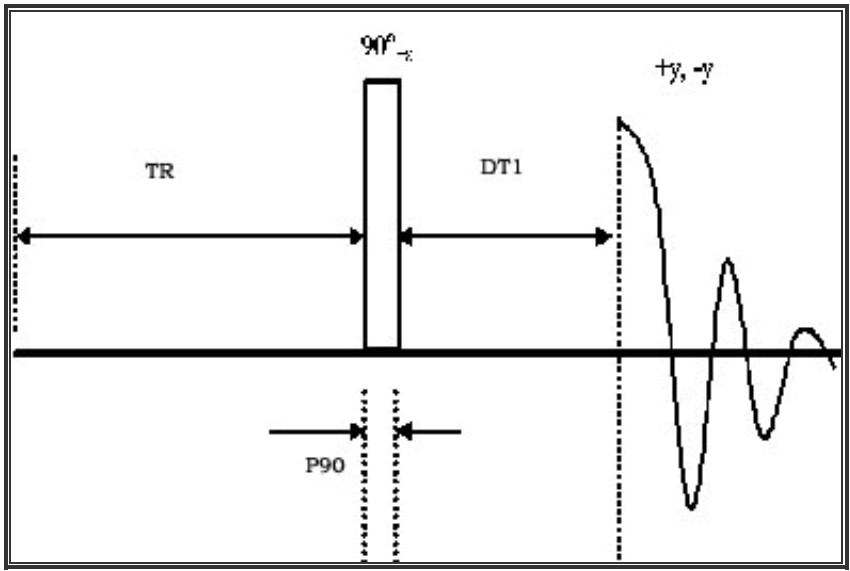Time Domain NMR FID Experiments(Part I)
Introduction
The simplest NMR experiment is called an FID (Free Induction Decay) experiment. A single RF pulse (normally a 90 degree pulse) is applied to the sample and the response is measured as a function of time after the RF excitation. Because of its simplicity, the FID application is often used to set up the NMR instrument. In the previous chapter we explained how to set up the system parameters. And from this section on, we will continue to explain how to set up sequence parameters in the particular application.
The FID Pulse Sequence Parameters
TD
TD is the number of data points acquired following the pulse. And you had better set this parameter as a power of two. For example, TD = 256, 512, or 1024. For an oil sample, we usually set TD to 1024 which is always enough for the signal decays completely.
SW
SW is the spectrum width when sampling. The central frequency is the resonant frequency which is the sum of SF and O1. And SW is the scale of frequency around the central frequency. For instance, we set SF+O1=a, SW=b, then the scale is from a-0.5*b to a+0.5*b. Therefore the frequency scale receiving coil got is from a-0.5*b to a+0.5*b.
Also, SW is the sampling frequency which decides the interval of data points. In most of the experiments, you had better set SW at least to 100 KHz. If SW is smaller than 100 KHz, maybe you will lose some information of the sample. For an oil sample, we usually set SW to 100 KHz which is enough for oil samples.
 NIUMAG
NIUMAG
